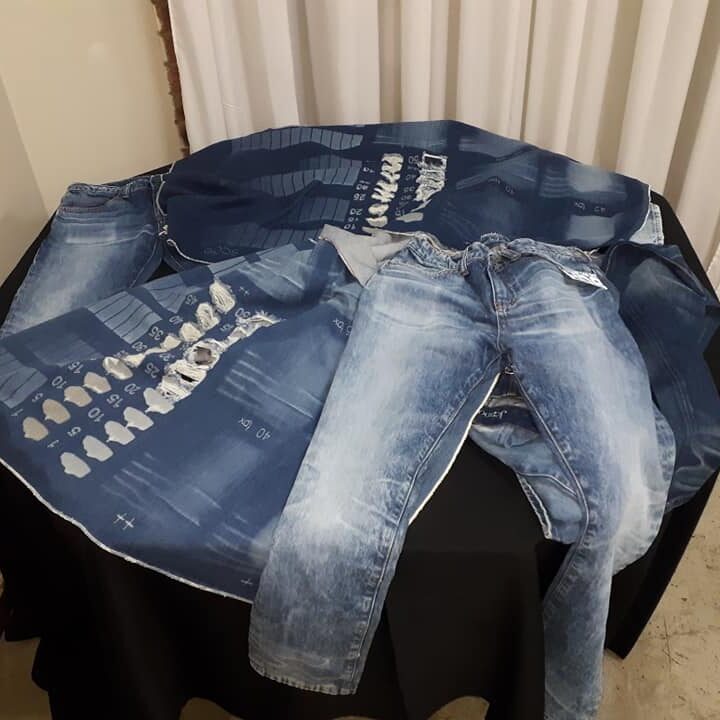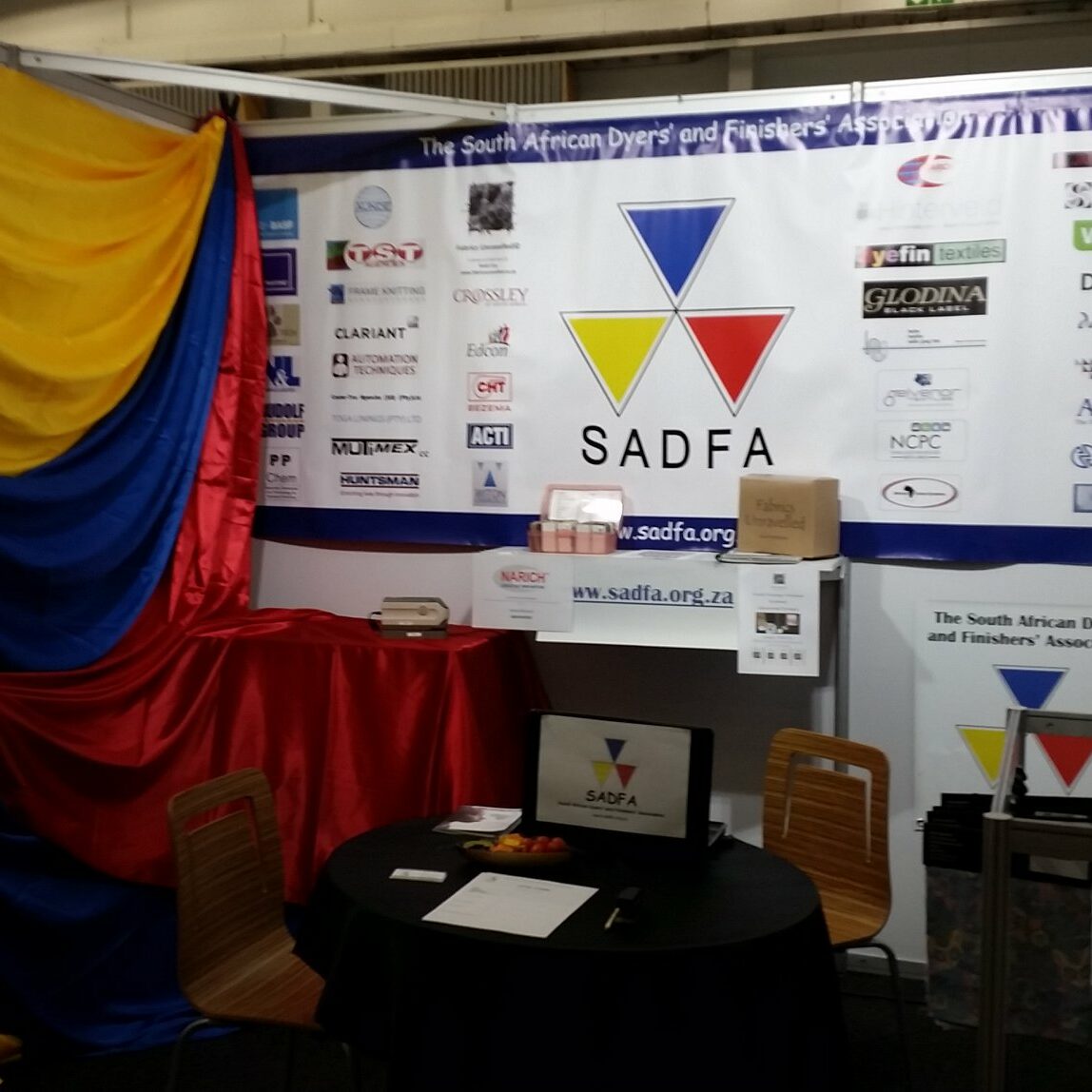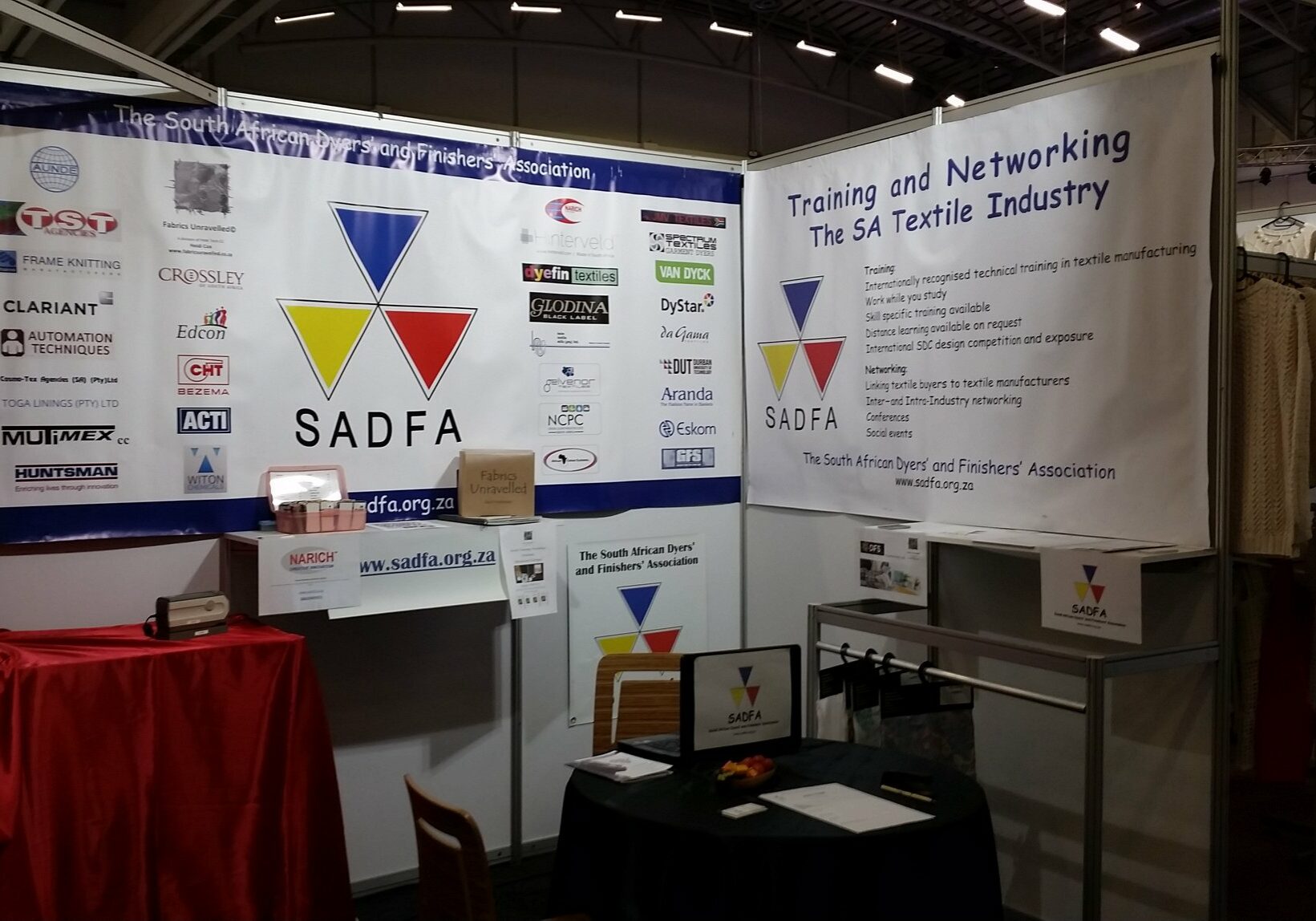SADFA promotes the advancement of science and technology, especially in the theory and practice of the tinctorial arts, and textile finishing.
To provide means for the wider dissemination and interchange of knowledge concerning the science and technology of colour and of colouring matters, of their methods of application and of the materials to which they may be applied, and textile finishing.
To encourage education and research in any of all of the above subjects.
And for furtherance of these objectives:
To hold meetings for the reading of papers, for lectures and for discussions. To do all other such things as may be conducive to the attainment of these objectives.

Read news from SADFA

Discover our courses

Get in touch with us

Meet the 2022 Committee
Our Annual General Meeting for 2022 took place on 30 August. Follow the link for information on the new committee.










